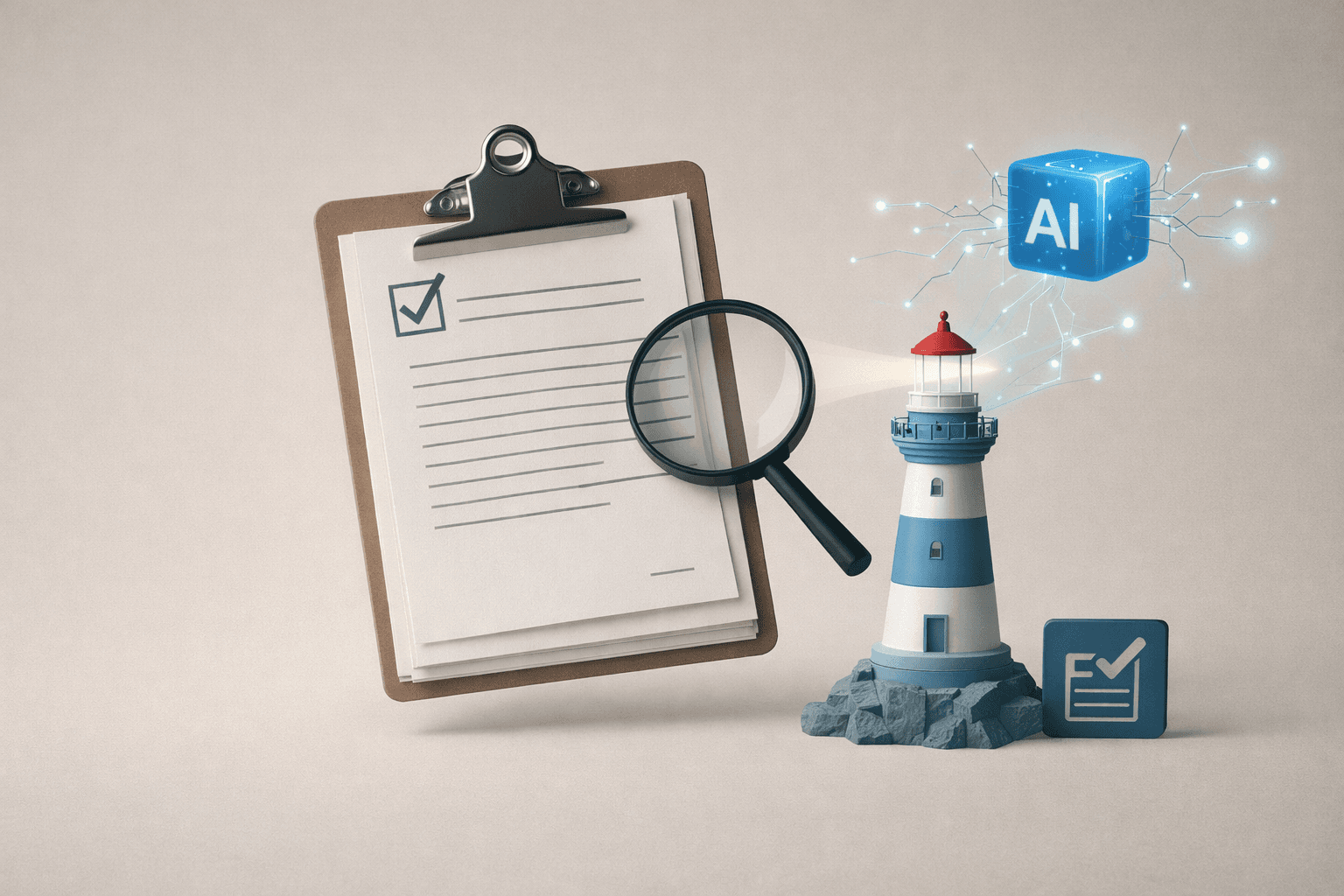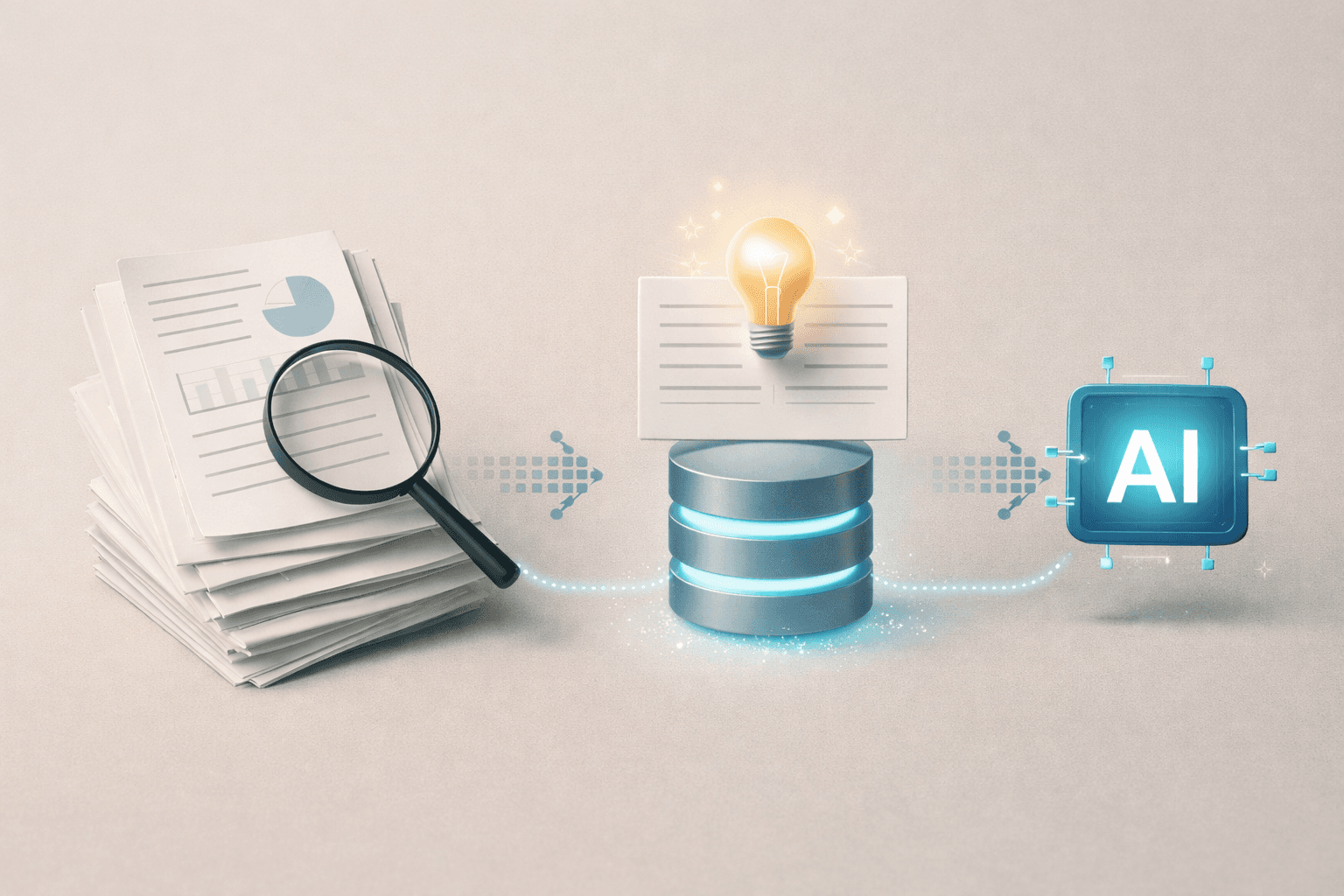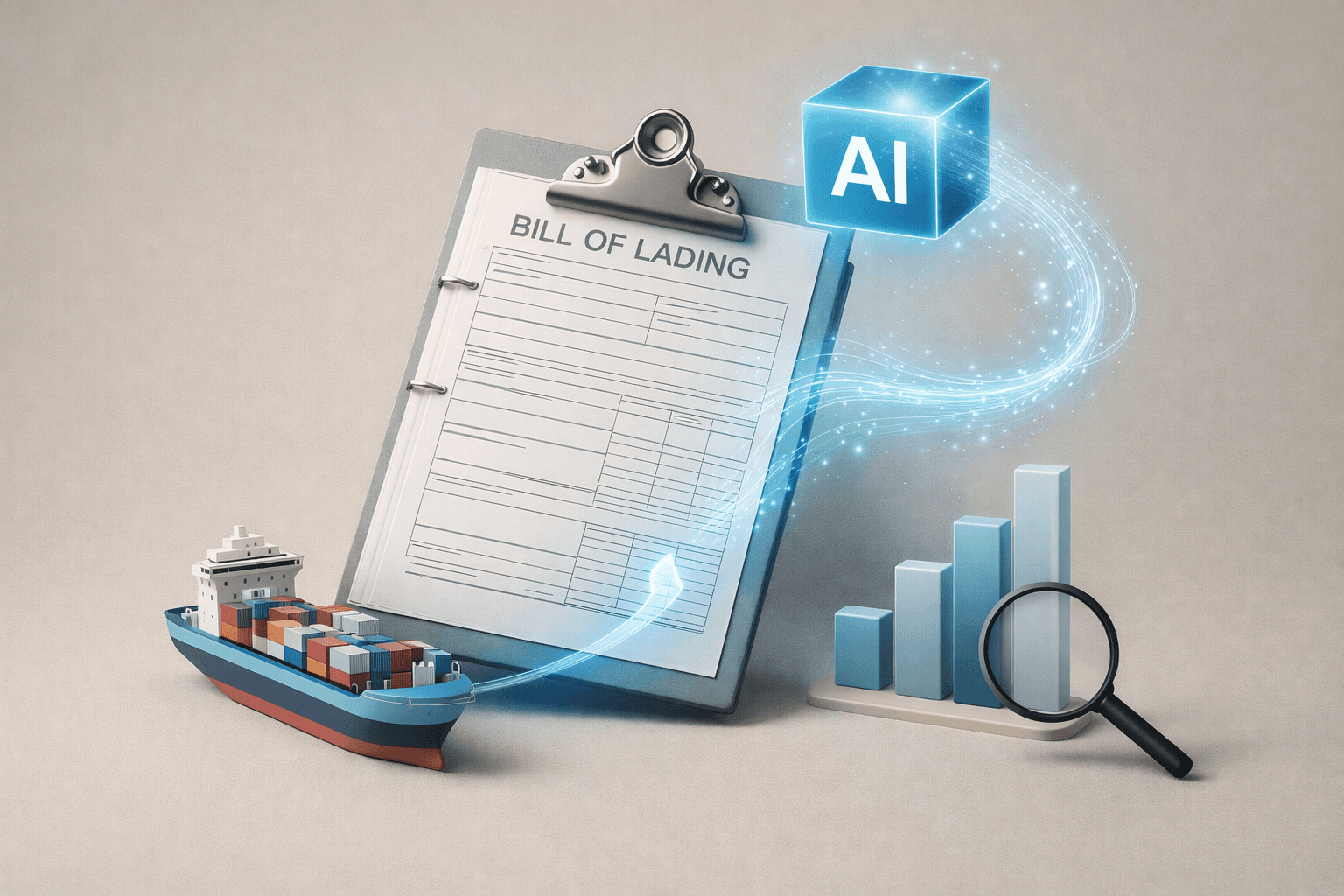Insight
AI Tool for Speeding Up Academic Paper Review: Summary, Citation, and Topic Tracking
Sep 18, 2025
Why Researchers Need AI for Paper Analysis
Exponential Growth of Publications and Information Overload
In every academic field—whether it's science, medicine, or social science—the number of published papers is increasing exponentially. Researchers are expected to keep up with dozens of new papers each week. Reading each paper thoroughly is nearly impossible, creating an overwhelming situation where tools that help extract core insights quickly become essential.
The Pressure to Grasp Key Ideas, Citations, and Research Contexts
Papers are complex knowledge structures. Understanding key hypotheses, research methods, statistical interpretations, and conclusions requires significant cognitive effort. Moreover, identifying relationships between papers through citations adds another layer of complexity. AI tools can ease this pressure by summarizing important information and highlighting research networks.
Pre-Study Literature Review is Now Mission-Critical
High-quality research depends on a well-grounded review of prior studies. Inaccurate or insufficient literature reviews can compromise the integrity of an entire project. AI-powered tools can sort through large volumes of literature, compare related works by topic, and surface the most influential papers—making them an ideal companion at the start of any research project.
Key Features of Academic Paper Analysis Tools
Section-Based Summarization
Instead of offering only a general summary, AI tools can break down a paper into its abstract, introduction, methods, results, and limitations. This lets users skip straight to the most relevant sections, allowing faster comparisons across multiple papers.
Context-Aware Q&A
Researchers can ask questions like, "What was the sample size?" or "What is the study's main contribution?" and receive accurate answers extracted directly from the paper. This streamlines repetitive information searches and saves significant time.
Citation Analysis and Influence Mapping
By visualizing which papers are cited and who cites the paper in question, researchers gain insight into the evolution of ideas and the influence of particular studies or authors. This is especially helpful for identifying foundational work in a field.
Topic and Author Network Visualization
AI tools can generate keyword clouds, co-authorship graphs, and publication trends to give users a macro-level understanding of a field. This is valuable for identifying collaboration opportunities or emerging research themes.
Data Extraction from Figures and Tables
AI systems can also extract numerical values from graphs, tables, and charts embedded in papers. This allows for comparative analysis and even secondary data validation without manual re-entry.
Tool Comparison: Elicit vs. Scholarcy vs. Scite
Summary Accuracy and Input Format Support
Elicit excels at research-question-based recommendations and summaries. Scholarcy provides fast PDF processing with section-by-section breakdowns and reference management. Scite focuses on citation context and identifies whether references are cited positively, neutrally, or critically.
Multilingual and Non-English Paper Support
Most tools are optimized for English-language content. Researchers working in other languages may face limited functionality or accuracy issues. Support for multilingual or non-English content should be evaluated carefully.
Free vs. Paid Features
While basic features such as summaries and citation tracking are generally free, advanced capabilities—like bulk uploads, API access, or structured dataset downloads—are often paywalled. Users should evaluate each tool's ROI based on their project scale and budget.
A New Approach with Wissly
On-Premise, Privacy-Focused PDF Uploads
Wissly allows users to upload academic papers directly to a secure local environment. This eliminates concerns about cloud-based data leaks and ensures sensitive research materials remain confidential.
GPT-Powered Highlighting and Citation Traceability
Each AI-generated response includes highlighted text from the original document, allowing users to verify the answer's accuracy and source. This is critical for maintaining trust and scholarly integrity.
Support for Multiple Document Formats
Wissly goes beyond academic papers and supports Word documents, scanned PDFs, reports, and more—making it versatile for cross-functional teams like R&D, legal, or policy research.
Bilingual and Cross-Language Comparison
Researchers dealing with papers in multiple languages can use Wissly to perform cross-lingual comparisons, ideal for global research teams or international literature reviews.
Real-World Scenarios
Graduate Students: Rapid Screening of Relevant Literature
Upload 10–20 papers, read summaries, ask clarification questions, and shortlist the most promising references before deep reading. This streamlines literature reviews considerably.
Research Institutes: Citation Flow Mapping and Seminar Prep
AI-powered citation networks and keyword analysis can be used to prepare internal reports or presentations on the latest trends and foundational work.
Compliance Teams: Verifying AI-Summarized Outputs
Research integrity officers can use Wissly to compare AI-generated summaries with the original texts, ensuring no distortion or misrepresentation occurs in regulatory or ethical reviews.
Considerations When Using AI for Paper Review
Beware of Hallucinations and Citation Errors
LLMs may occasionally fabricate facts or misattribute citations. Always validate AI outputs, and treat the tool as a research assistant—not a replacement.
Understand the Tool's Limitations
AI can summarize and organize, but it cannot replicate a researcher's critical thinking or domain expertise. Final judgments must always be made by humans.
Check Copyright and Licensing Constraints
Before uploading papers, ensure that content use complies with open-access policies or institutional licenses. For commercial tools, review their data usage and storage policies.
Conclusion: Rethinking the Research Workflow with AI
AI is transforming how researchers consume, analyze, and apply academic knowledge. By offloading time-consuming tasks like summarization, citation mapping, and content search to AI, researchers can focus more on hypothesis-building, experimental design, and knowledge creation.
Wissly offers a secure, local-first AI solution tailored for academic and institutional needs. With features like multilingual support, GPT-enhanced Q&A, and citation-based trust mechanisms, it empowers researchers to work smarter, faster, and more securely.
Start modernizing your research workflow today—with Wissly.
Recommended Content










